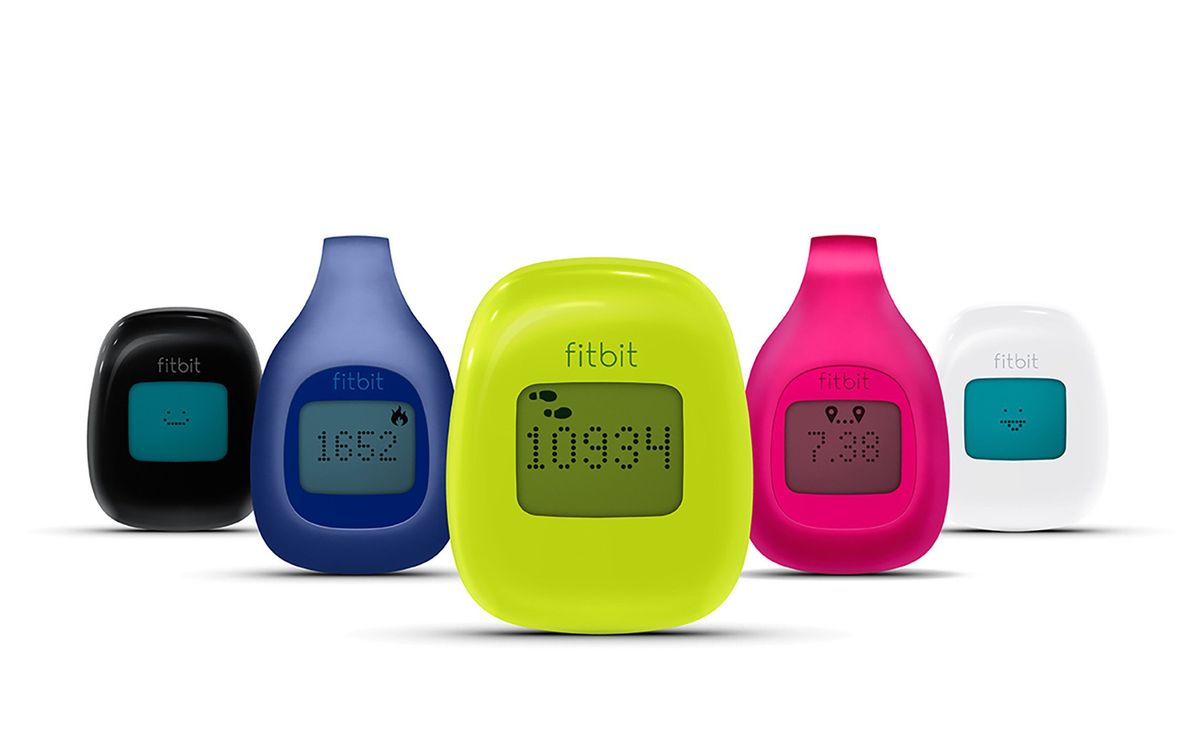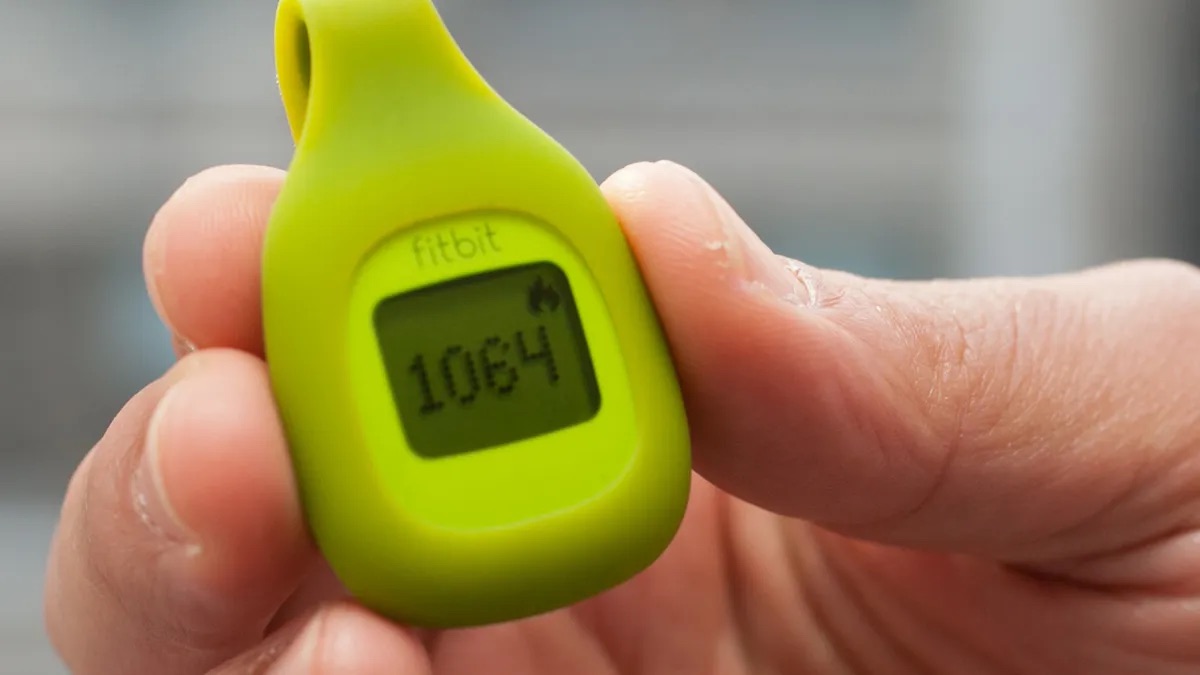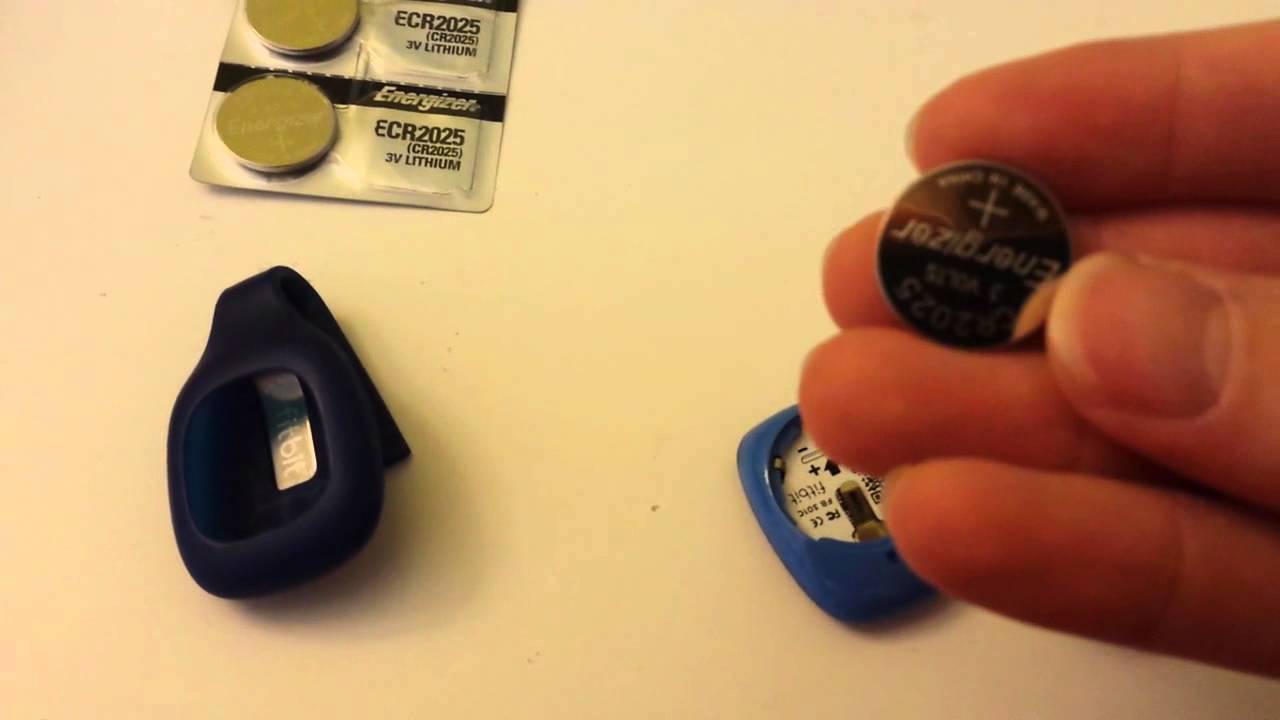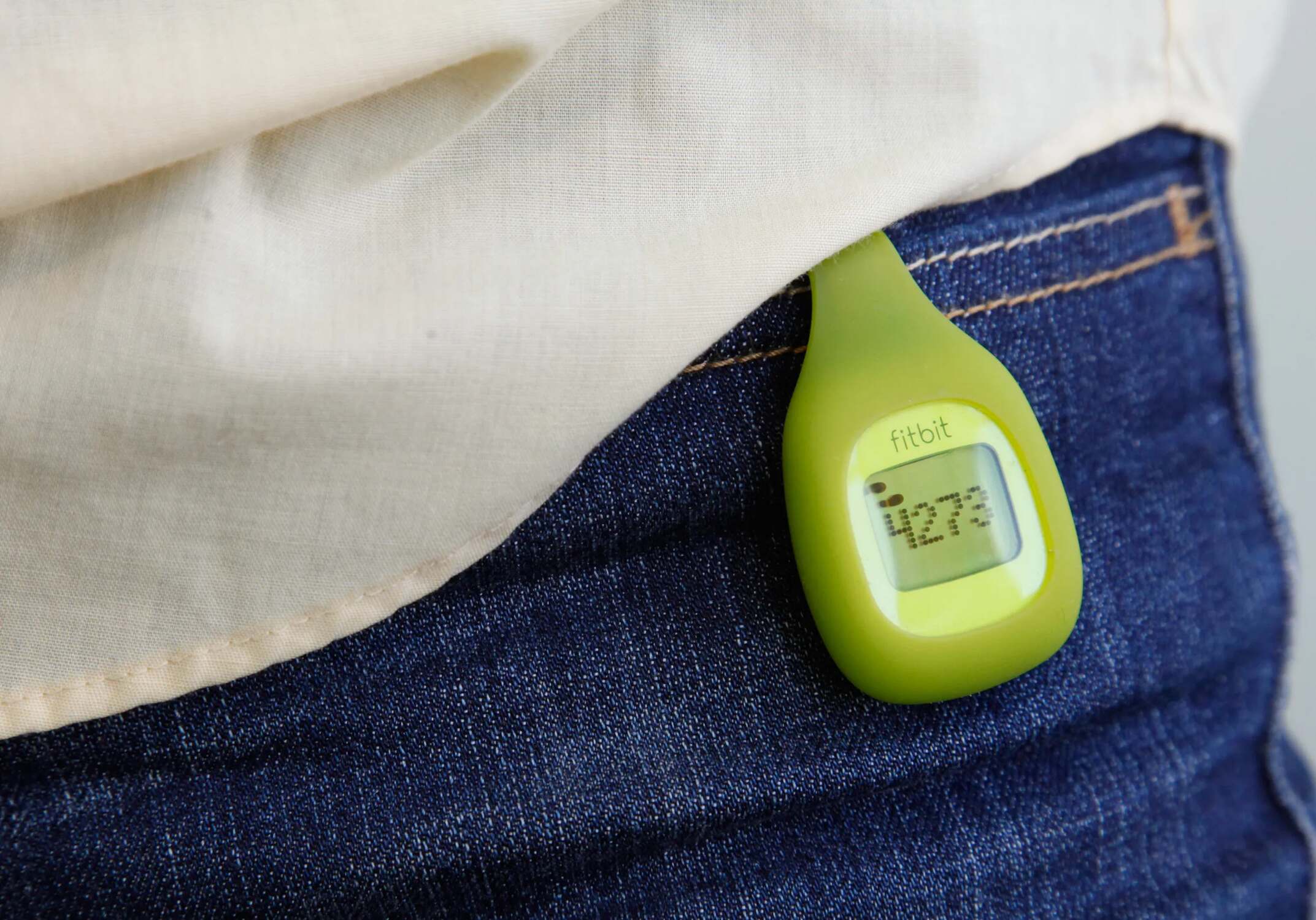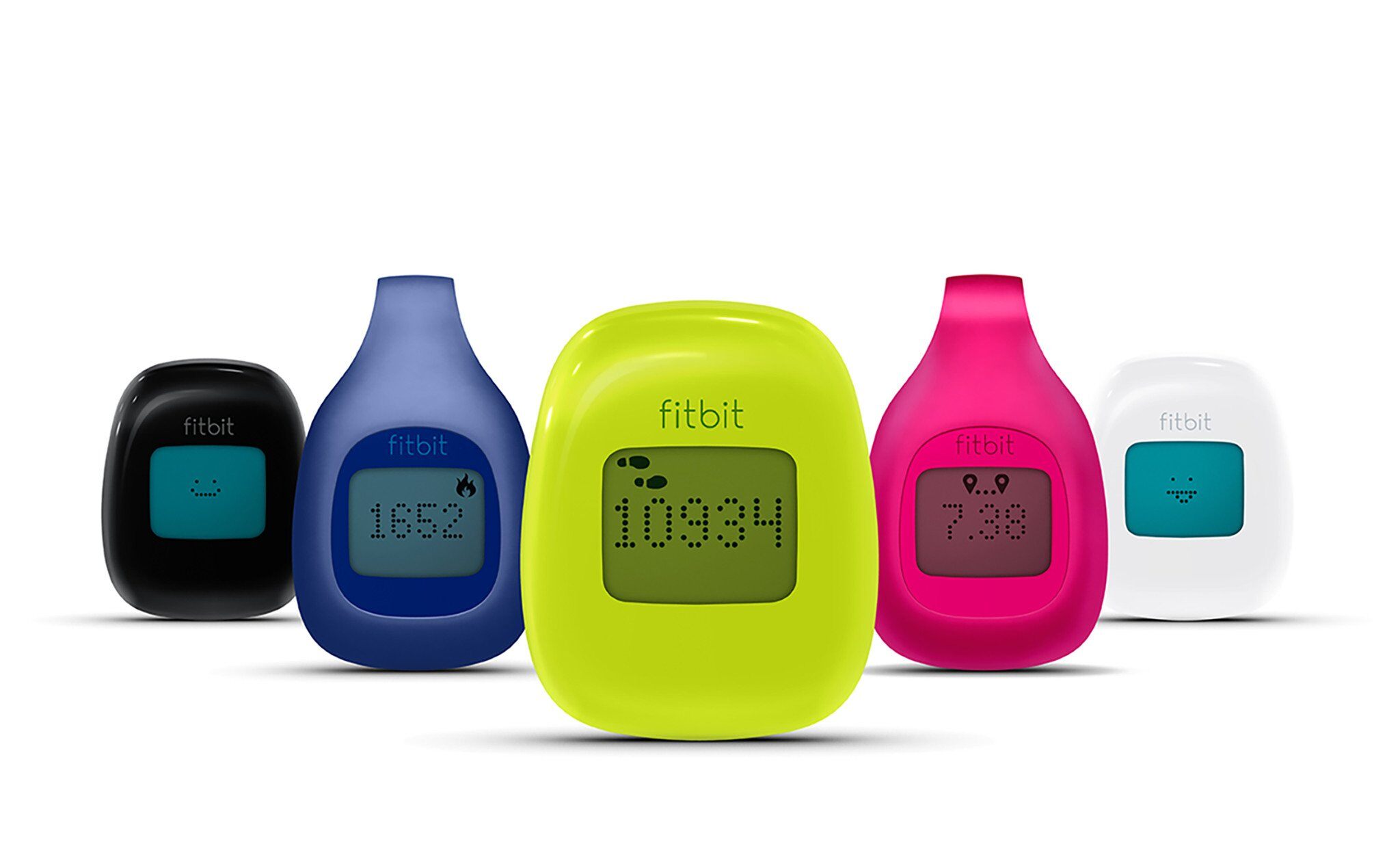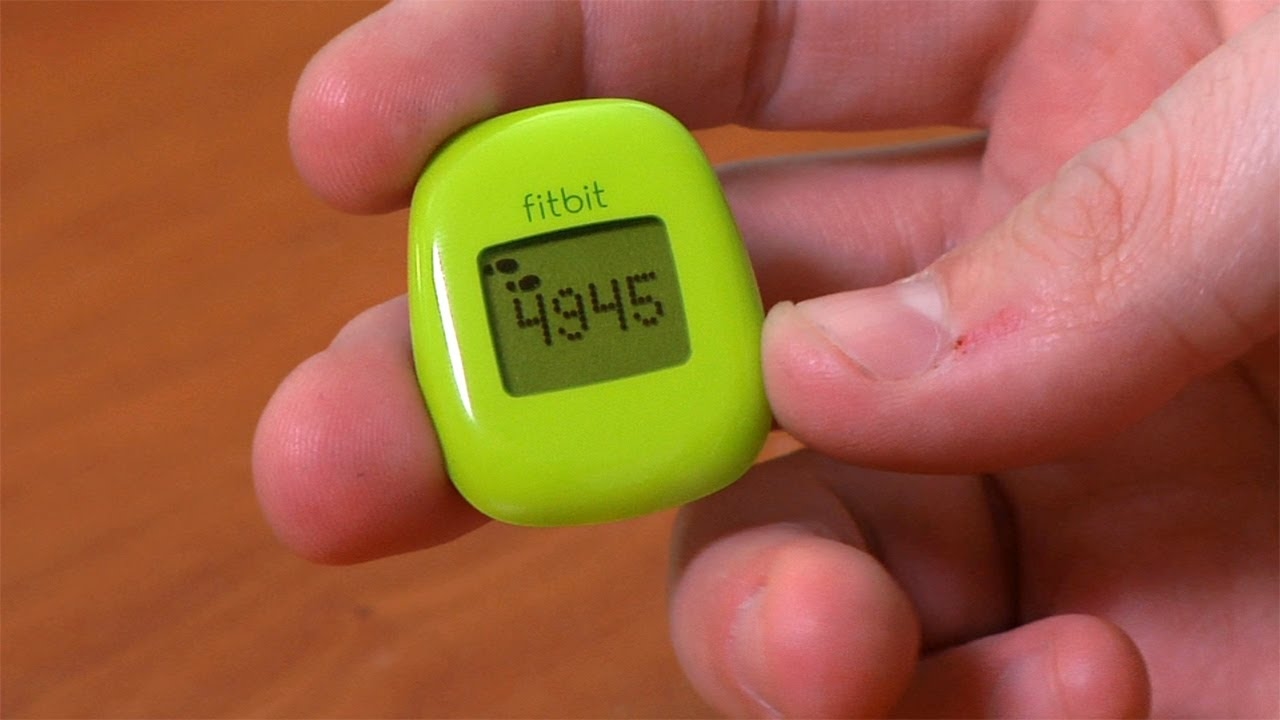Introduction
When it comes to wearable fitness technology, Fitbit has been a trailblazer, empowering individuals to monitor their physical activity, sleep patterns, and overall wellness. Among the diverse range of Fitbit devices, the Fitbit Zip has garnered attention for its compact design and user-friendly features. However, like any electronic device, the Fitbit Zip relies on a reliable power source to keep it running smoothly. Understanding the type of battery used in the Fitbit Zip is crucial for ensuring its longevity and optimal performance.
In this comprehensive guide, we will delve into the intricate world of Fitbit Zip batteries, shedding light on the different types of batteries utilized in these devices. By the end of this article, you will be equipped with the knowledge needed to identify the specific battery type required for your Fitbit Zip, thereby enabling you to make informed decisions when it comes to maintenance and replacement.
Let's embark on this enlightening journey to unravel the power source that fuels the Fitbit Zip and explore the nuances of its battery technology.
Understanding Fitbit Zip Battery
The Fitbit Zip, a compact and versatile fitness tracker, relies on a reliable power source to function effectively. Understanding the battery technology utilized in the Fitbit Zip is essential for users to ensure uninterrupted usage and optimal performance.
The Fitbit Zip is powered by a replaceable coin cell battery, specifically the CR2025. This type of battery is widely used in small electronic devices due to its compact size, long shelf life, and reliable power delivery. The CR2025 coin cell battery is a lithium battery, known for its high energy density and stable voltage output, making it an ideal choice for powering fitness trackers like the Fitbit Zip.
Lithium coin cell batteries are favored for their lightweight construction and ability to maintain a consistent power supply over extended periods. This characteristic is particularly advantageous for wearable devices like the Fitbit Zip, as it ensures reliable performance without adding unnecessary bulk or weight to the device.
The CR2025 battery used in the Fitbit Zip is easily accessible and can be replaced when depleted. Fitbit recommends using a coin cell battery from a reputable brand to maintain the device's performance and longevity. It's important to note that while the Fitbit Zip's battery life may vary depending on usage patterns and environmental factors, replacing the battery approximately every 4-6 months is a general guideline to ensure consistent functionality.
Understanding the Fitbit Zip's reliance on the CR2025 coin cell battery provides users with valuable insights into the device's power requirements. By familiarizing themselves with the specific battery type and its characteristics, Fitbit Zip owners can proactively manage the device's power source, thereby optimizing its performance and longevity.
In the next section, we will explore the different types of batteries commonly used in Fitbit Zip devices, shedding light on the diverse power sources that drive these innovative fitness trackers.
Types of Batteries Used in Fitbit Zip
The Fitbit Zip, a popular fitness tracker renowned for its seamless integration into daily routines, is powered by a specific type of battery that ensures consistent performance. Understanding the various batteries used in Fitbit Zip devices provides valuable insights into the power sources driving these innovative fitness trackers. While the Fitbit Zip predominantly relies on the CR2025 coin cell battery, it's essential to acknowledge the diverse range of batteries utilized in wearable technology.
CR2025 Coin Cell Battery
The CR2025 coin cell battery stands as the primary power source for the Fitbit Zip. This lithium battery is favored for its compact size, stable voltage output, and extended shelf life. Its lightweight construction and high energy density make it an ideal choice for wearable devices, such as the Fitbit Zip, as it delivers reliable power without adding unnecessary bulk.
Alternative Battery Options
While the CR2025 is the designated battery for the Fitbit Zip, it's important to note that other coin cell batteries may be compatible with the device. Fitbit's engineering ensures compatibility with a range of similar coin cell batteries, providing users with flexibility when it comes to sourcing replacements. However, it's crucial to consult the device's manual or Fitbit's official guidelines to ensure the compatibility and optimal performance of alternative battery options.
Considerations for Battery Replacement
When considering battery replacement for the Fitbit Zip, it's imperative to prioritize the use of reputable battery brands. Opting for high-quality coin cell batteries from trusted manufacturers helps maintain the device's performance and longevity. Additionally, adhering to Fitbit's recommended replacement interval, typically every 4-6 months, ensures consistent functionality and minimizes the risk of power-related issues.
Environmental Impact
As with any electronic device, responsible battery disposal is crucial to minimize environmental impact. When replacing the battery in the Fitbit Zip, users should adhere to local regulations for recycling or disposing of used batteries. By exercising environmental consciousness, Fitbit Zip owners contribute to sustainable practices and promote eco-friendly habits within their communities.
Understanding the diverse battery options and considerations for replacement empowers Fitbit Zip users to make informed decisions regarding the maintenance and longevity of their devices. By acknowledging the intricacies of Fitbit Zip batteries, users can optimize the device's performance and ensure uninterrupted tracking of their fitness journeys.
In the subsequent section, we will delve into the process of identifying the specific battery type required for the Fitbit Zip, equipping users with actionable insights for seamless maintenance and operation of their devices.
Identifying the Battery Type for Fitbit Zip
Identifying the specific battery type required for the Fitbit Zip is a crucial aspect of maintaining the device's functionality and performance. The Fitbit Zip is designed to accommodate the CR2025 coin cell battery, a compact and reliable power source that ensures seamless operation of the fitness tracker. When it comes to identifying the battery type for the Fitbit Zip, users can follow a straightforward process to ascertain the specific requirements and make informed decisions regarding battery maintenance and replacement.
The first step in identifying the battery type for the Fitbit Zip involves referencing the device's manual or official documentation provided by Fitbit. These resources typically outline the specific battery model required for the Fitbit Zip, offering clear guidance to users seeking to ensure compatibility and optimal performance. By consulting the device's manual, users can confidently identify the designated battery type and proceed with the necessary maintenance steps.
In the absence of the device's manual, Fitbit's official website serves as a valuable source of information for identifying the battery type for the Fitbit Zip. The website often features detailed specifications and guidelines for maintaining Fitbit devices, including specific recommendations for battery replacement. By accessing the official Fitbit support resources, users can gain clarity on the battery type required for the Fitbit Zip, empowering them to take proactive measures to uphold the device's functionality.
Furthermore, Fitbit's customer support channels, including online chat support or dedicated helplines, offer direct assistance to users seeking guidance on battery identification for the Fitbit Zip. Engaging with Fitbit's customer support team allows users to receive personalized recommendations and accurate information regarding the specific battery type and compatible options for the Fitbit Zip. Leveraging these support channels can alleviate any uncertainties related to battery identification and replacement, ensuring a seamless experience for Fitbit Zip users.
In summary, identifying the battery type for the Fitbit Zip involves leveraging available resources such as the device's manual, official Fitbit documentation, and customer support channels. By following these steps, users can confidently determine the specific battery requirements for their Fitbit Zip, enabling them to proactively manage the device's power source and uphold its optimal functionality. This knowledge empowers Fitbit Zip users to navigate the process of battery maintenance and replacement with ease, contributing to the sustained performance and longevity of their beloved fitness tracker.
Conclusion
In conclusion, the Fitbit Zip, with its compact design and user-friendly features, relies on the CR2025 coin cell battery to power its innovative tracking capabilities. Understanding the intricacies of the Fitbit Zip's battery technology is paramount for users to ensure consistent performance and longevity of their devices. By delving into the realm of Fitbit Zip batteries, we've gained valuable insights into the power sources that drive these remarkable fitness trackers.
The CR2025 coin cell battery stands as the primary power source for the Fitbit Zip, offering a combination of compactness, stable voltage output, and extended shelf life. Its compatibility with a range of similar coin cell batteries provides users with flexibility when it comes to sourcing replacements, while adhering to Fitbit's recommended replacement interval ensures uninterrupted functionality.
Furthermore, the process of identifying the specific battery type required for the Fitbit Zip has been demystified, empowering users to confidently manage their device's power source. Whether referencing the device's manual, accessing official Fitbit documentation, or seeking support from customer service channels, users have a clear roadmap for identifying and maintaining the Fitbit Zip's battery.
By acknowledging the diverse battery options, considerations for replacement, and the environmental impact of responsible battery disposal, Fitbit Zip users are equipped to make informed decisions regarding their devices' maintenance. This knowledge not only optimizes the performance of the Fitbit Zip but also promotes sustainable practices within the wearable technology ecosystem.
In essence, the journey through the realm of Fitbit Zip batteries has unveiled the critical role of the CR2025 coin cell battery in powering these innovative fitness trackers. Armed with a deeper understanding of the Fitbit Zip's power source, users can navigate the landscape of battery maintenance and replacement with confidence, ensuring that their devices continue to accompany them seamlessly on their fitness journeys.
By embracing the knowledge gleaned from this exploration, Fitbit Zip users can harness the power of their devices to embark on sustained wellness endeavors, empowered by the reliable and steadfast performance of their beloved fitness trackers.







